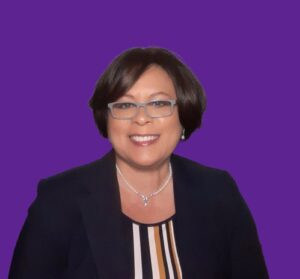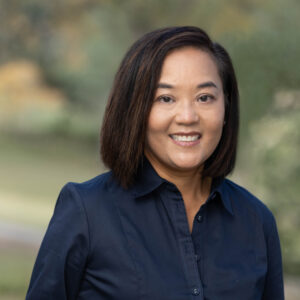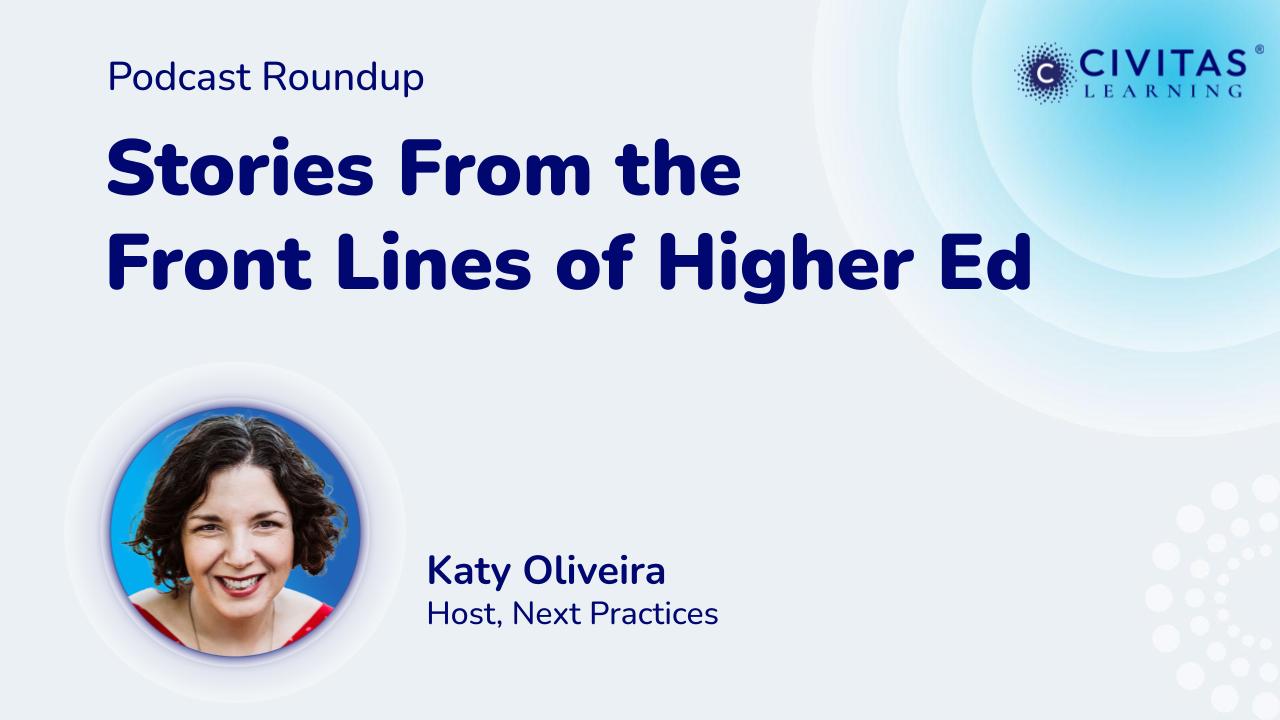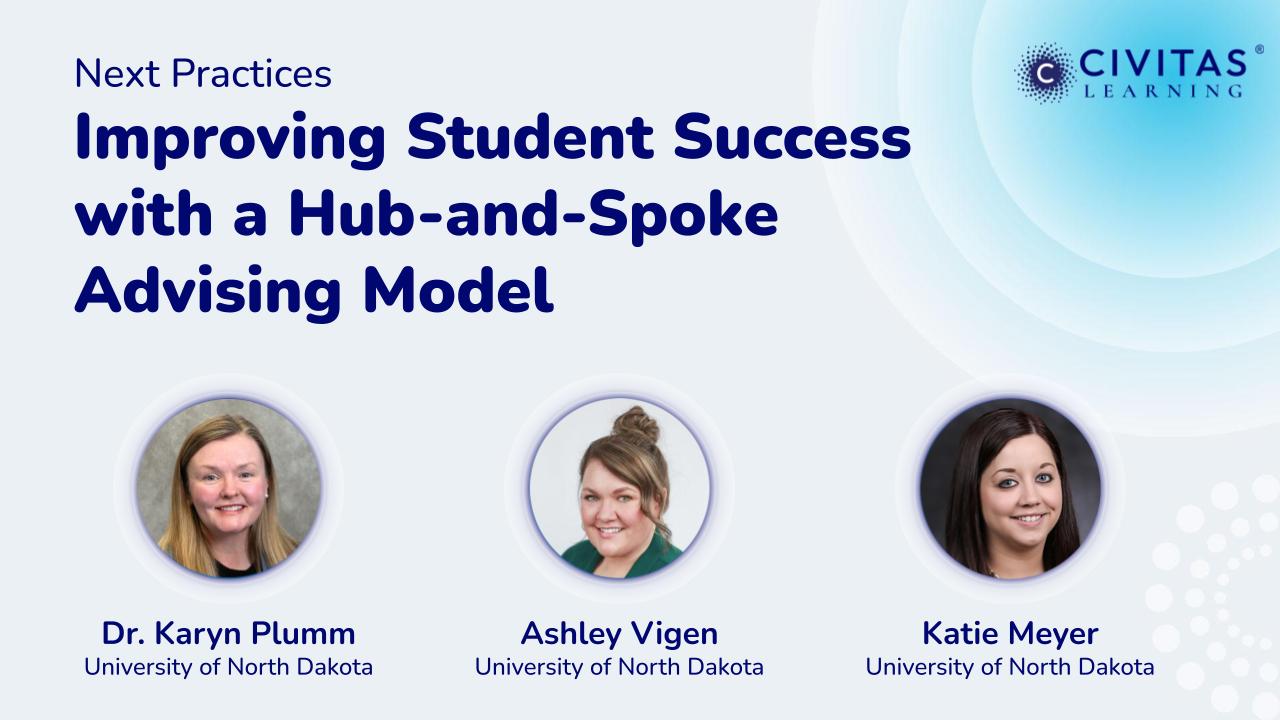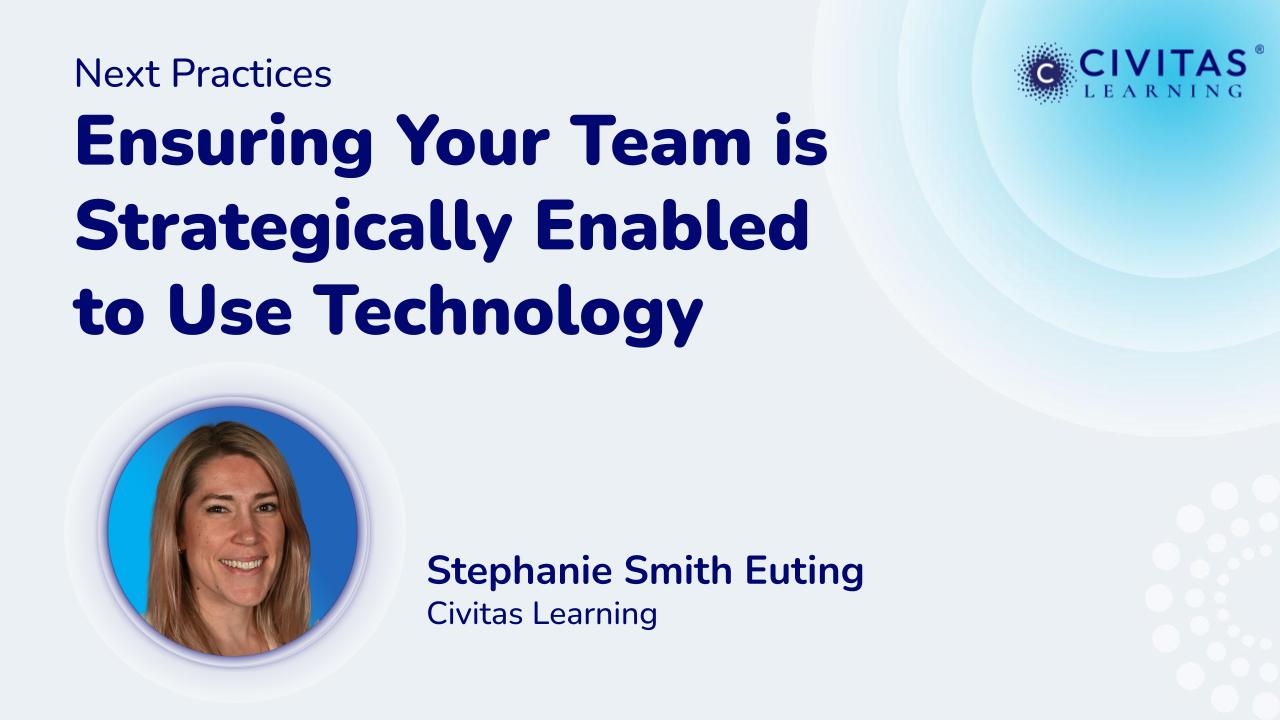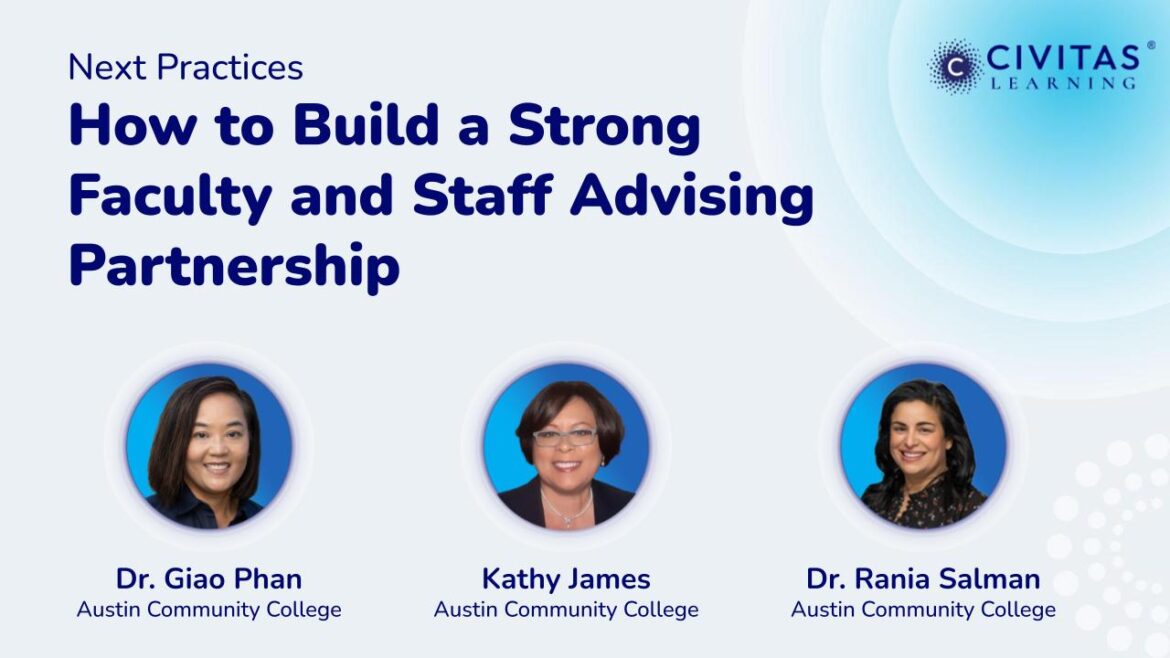
How to Build a Strong Faculty and Staff Advising Partnership
Share this Post
Subscribe: Spotify | Apple Podcasts | Youtube Music | Transcript
At Austin Community College (ACC), student support isn’t just a department—it’s a campus-wide effort. In this episode of Next Practices, we meet three leaders who’ve helped transform advising from a series of disconnected conversations into a cross-campus partnership.
Dr. Giao Phan (Dean of the Public and Social Services Division), Kathy James (Executive Dean of Advising), and Dr. Rania Salman (Assistant Department Chair and faculty mentor) share how their institution has turned trust, technology, and teamwork into a blueprint for meaningful student support.
Together, they reflect on how a focused pilot turned into a cultural shift—one that aligns faculty and student affairs around a common goal: ensuring every student knows someone is in their corner.
Creating a Structure for Success
ACC’s journey began by organizing students into ten career-aligned areas of study, a decision grounded in the Guided Pathways model. That structure opened the door to deeper collaboration between academic programs and advising teams—anchored in clarity, consistency, and shared student goals. As national research shows, Guided Pathways requires coordinated, college-wide shifts that extend far beyond a single initiative. For ACC, that meant launching cross-functional partnerships between faculty, advisors, and deans, redefining how students are supported from enrollment to graduation.
The key? Making collaboration routine. Dr. Phan explains how consistent involvement from academic leaders—through curriculum, scheduling, and mentoring—built a foundation of trust across teams.
Use Technology to Bridge Roles and Systems
Before adopting Civitas Learning, ACC faculty and advisors often found themselves siloed. Students were bounced between offices, and key context was lost in the shuffle.
Today, with shared access to advising notes, outreach history, and student risk indicators, everyone involved in student success can operate from the same playbook. Faculty know what advisors are seeing. Advisors know when and how faculty have stepped in. And students benefit from more consistent, connected guidance.
As James puts it, “We’re no longer duplicating efforts—we’re working together.”
Build Buy-In with Patience and Purpose
Getting faculty involved wasn’t about mandates. It was about inviting the right people into the process and providing the right training and tools to succeed.
Dr. Salman shares how she leads with empathy and encouragement, showing fellow faculty how technology can enhance—not replace—their personal connection with students. And as more faculty saw the benefits, momentum grew. Today, ACC’s advising model is anchored in shared accountability and student-centered communication.
The Result? A Culture Shift Rooted in Human Connection
From note-taking transparency to better major declarations, the shift to shared technology and partnership has created real change. Advisors and faculty can now track each student’s journey, ensuring guidance is consistent, context-aware, and proactive.
And perhaps most importantly, students feel it. They know their success isn’t left to chance; it’s supported by a network of people working in sync on their behalf.
Hear the full story and practical insights on how to create lasting partnerships across academic and student affairs.
Links and Resources:
- Civitas Learning Website
- Listen on Apple Podcasts | Spotify | Youtube Music
- Dr. Giao Phan – Austin Community College
- Dr. Giao Phan – LinkedIn
- Dr. Rania Salman – Austin Community College
- Dr. Rania Salman – LinkedIn
- Kathy James – Austin Community College
- Kathy James – LinkedIn
- Delivering Holistic Support at a Large Urban Community College District with Dr. Ruth Reinhart
